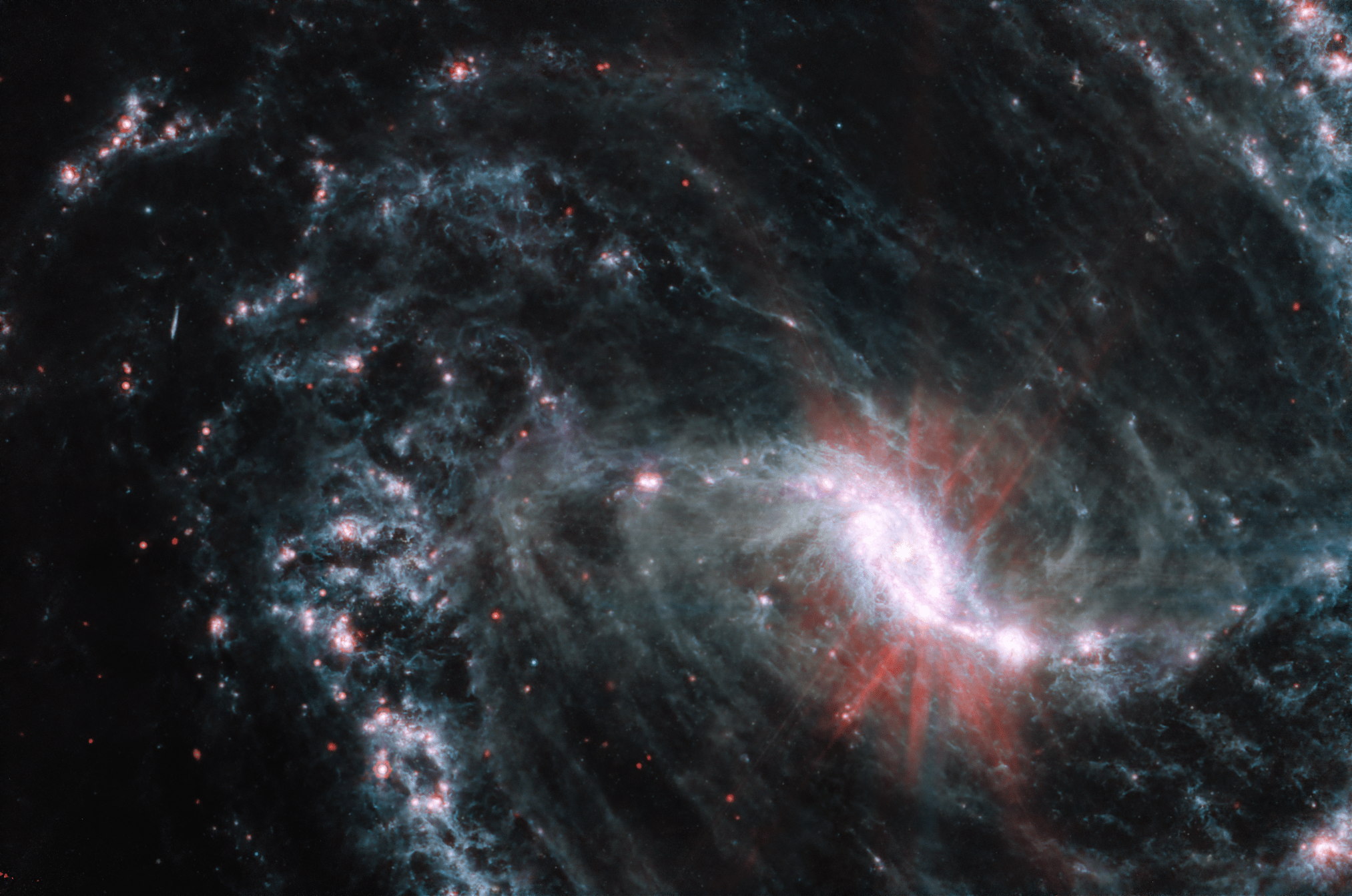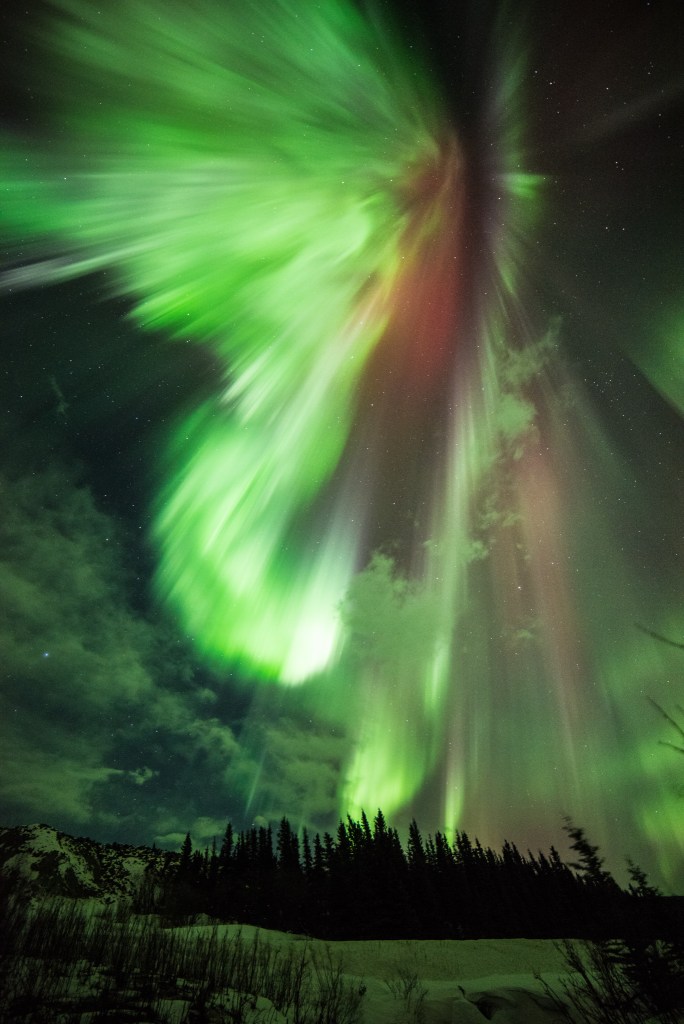NASA is taking home the honor of the Best Place to Work in the Federal Government among large agencies for 11 years in a row, as ranked by the Partnership for Public Service.
The rankings, announced March 29, reflect the agency’s dedication to pursue missions of discovery and exploration, including sending humans farther into space than ever before for the benefit of humanity.

The team at NASA’s Marshall Space Flight Center has played a significant role in this achievement, according to Center Director Jody Singer.
“I am proud of all we accomplished at Marshall in 2022, from exploring the universe’s depths through NASA’s Imaging X-Ray Polarimetry Explorer to our critical role in successfully launching the Artemis I test flight – none of this would be possible without our incredibly dedicated and skilled workforce,” Singer said. “I truly believe people are our strength, so it is no surprise NASA was once again named the best place to work in the federal government. Our talented and diverse team at Marshall is poised to do even more this year, starting with developing innovative technologies like the Mars Ascent Vehicle, advanced habitation systems, and Space Nuclear Propulsion that will help take humanity safely and quickly to the Moon, Mars and beyond.”
The Best Places to Work in the Federal Government rankings are based on responses to the Office of Personnel Management’s annual Federal Employee Viewpoint Survey from almost 557,778 federal workers and an additional 326,300 employees at 14 agencies that conducted separate surveys at the same time and had a response rate of more than 50%. The Partnership for Public Service began publishing the rankings in 2003.
This year, the Partnership for Public Service and Boston Consulting Group, in collaboration with The Washington Post, released an advanced look at a portion of the 2022 Best Places to Work in the Federal Government rankings and data. This special edition featured the rankings of the top 10 agencies in four categories – large, midsize, and small agencies as well their subcomponents.
“In 2022, NASA unfolded the universe with the James Webb Space Telescope, achieved a watershed moment for planetary protection with DART impact, and took a giant leap in our journey back to the Moon and onward to Mars with launch and recovery of the Artemis I flight test. These missions – and every NASA mission – are an achievement made possible by our unrivaled team,” said NASA Administrator Bill Nelson. “The passion and precision of our workforce makes NASA the best place to work in the federal government. Together, we are poised to accomplish more daring feats with new advancements, more scientific contributions on Earth and in the heavens, and more incredible technological breakthroughs that will help shape the 21st century.”
The complete list of rankings for the Best Places to Work is available online.


























